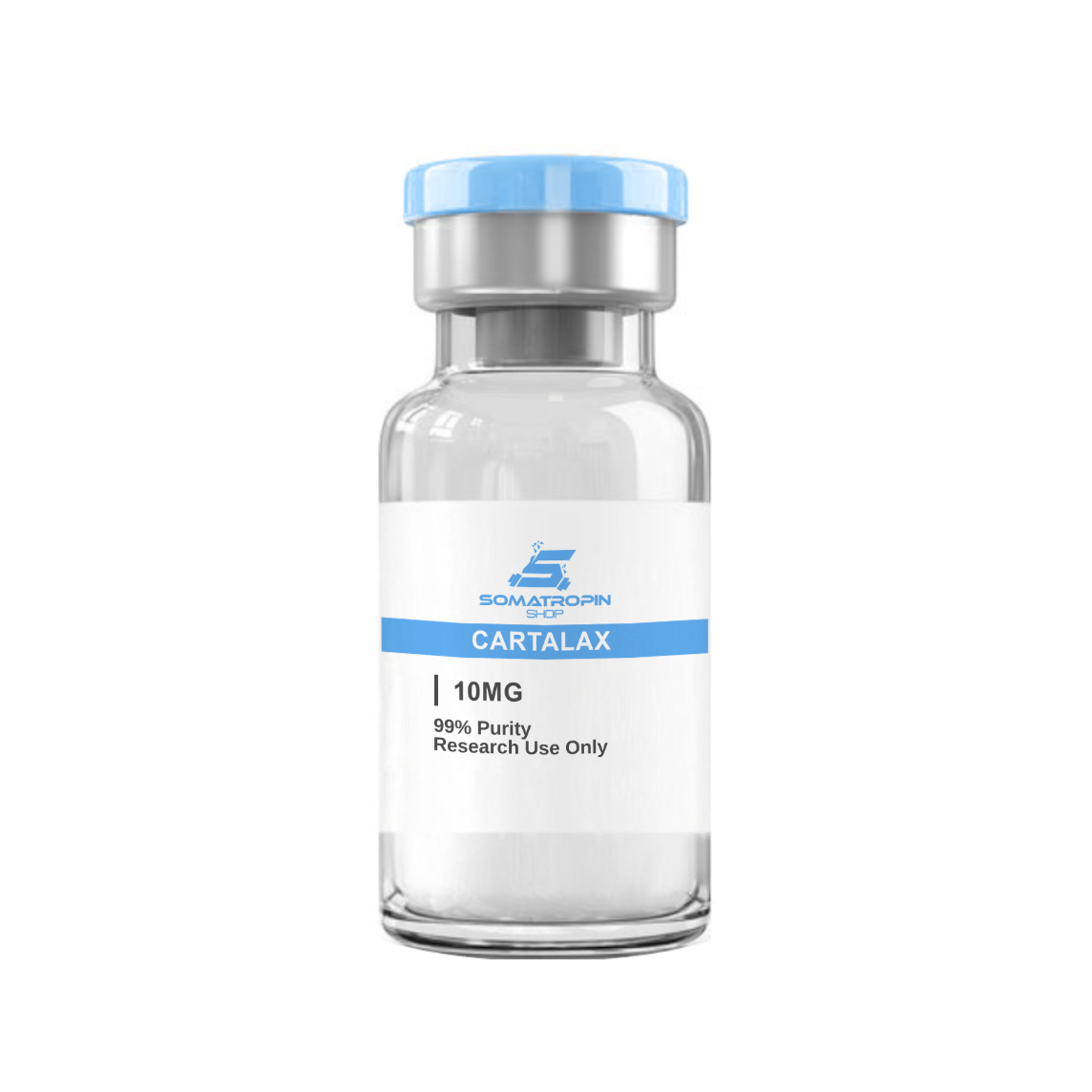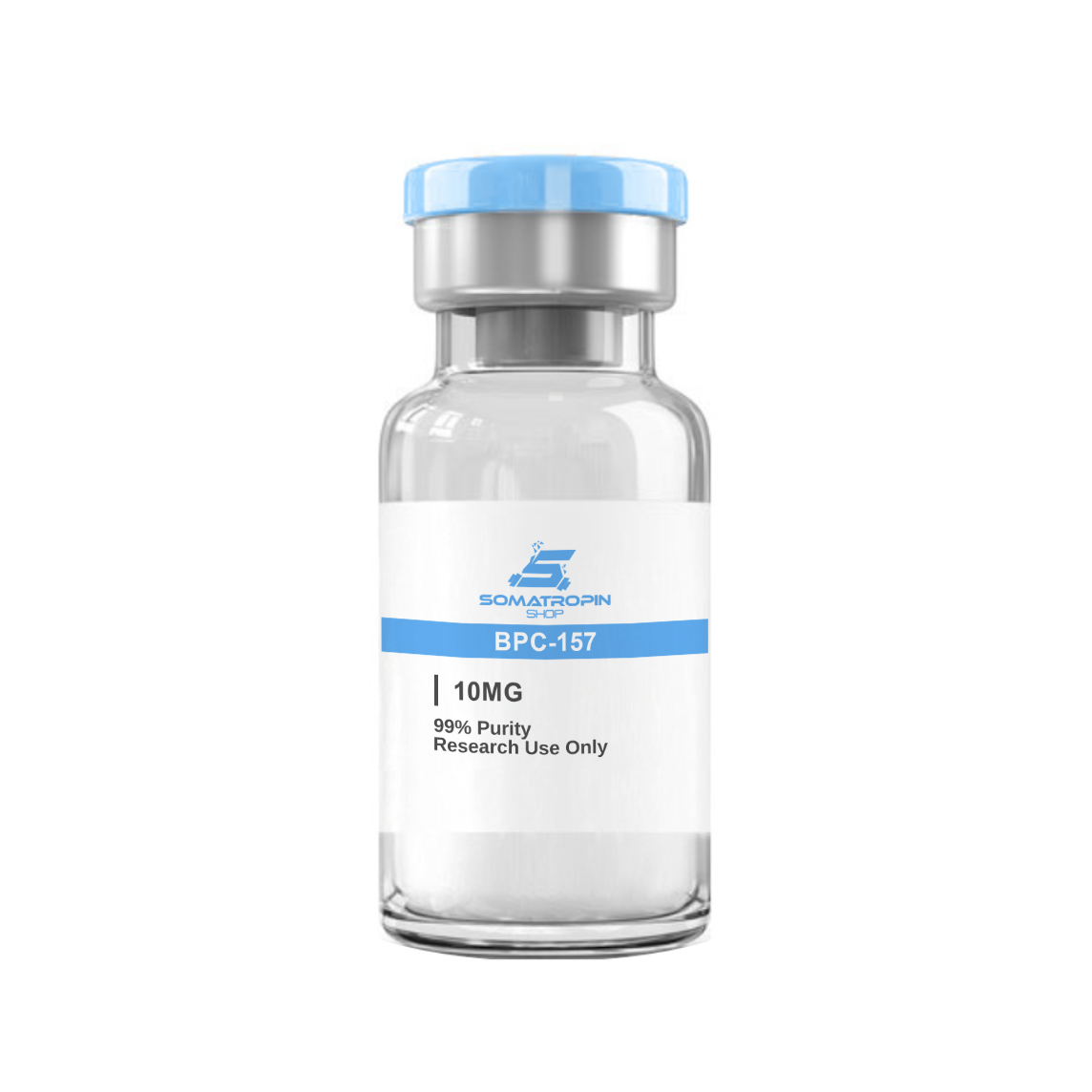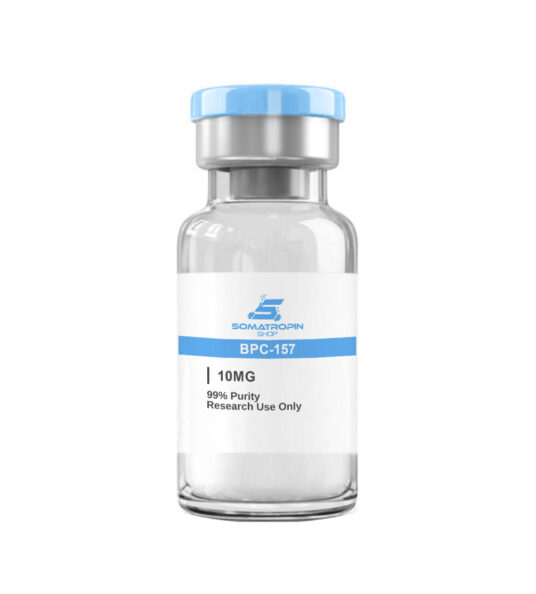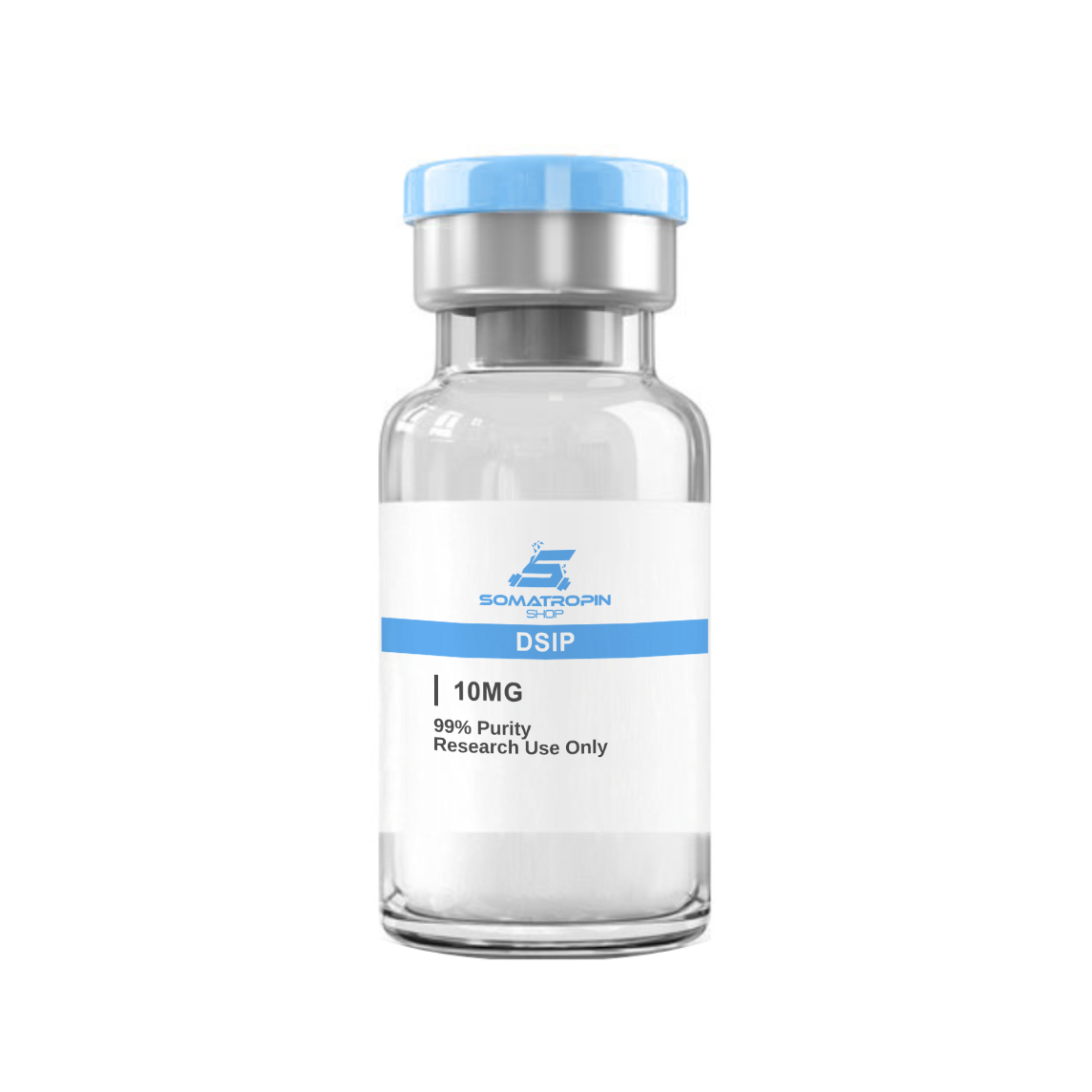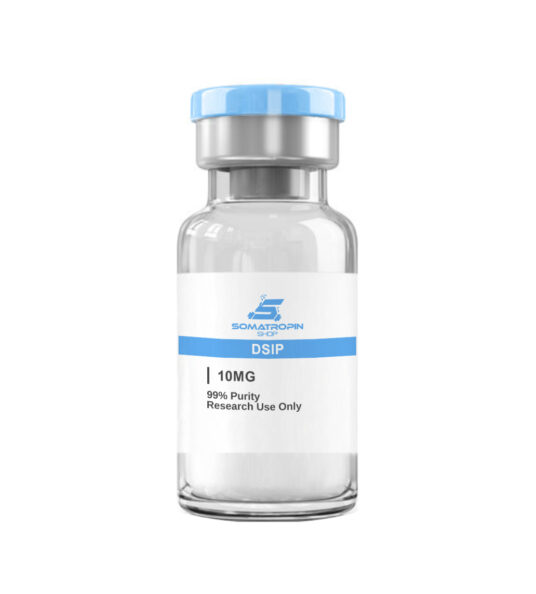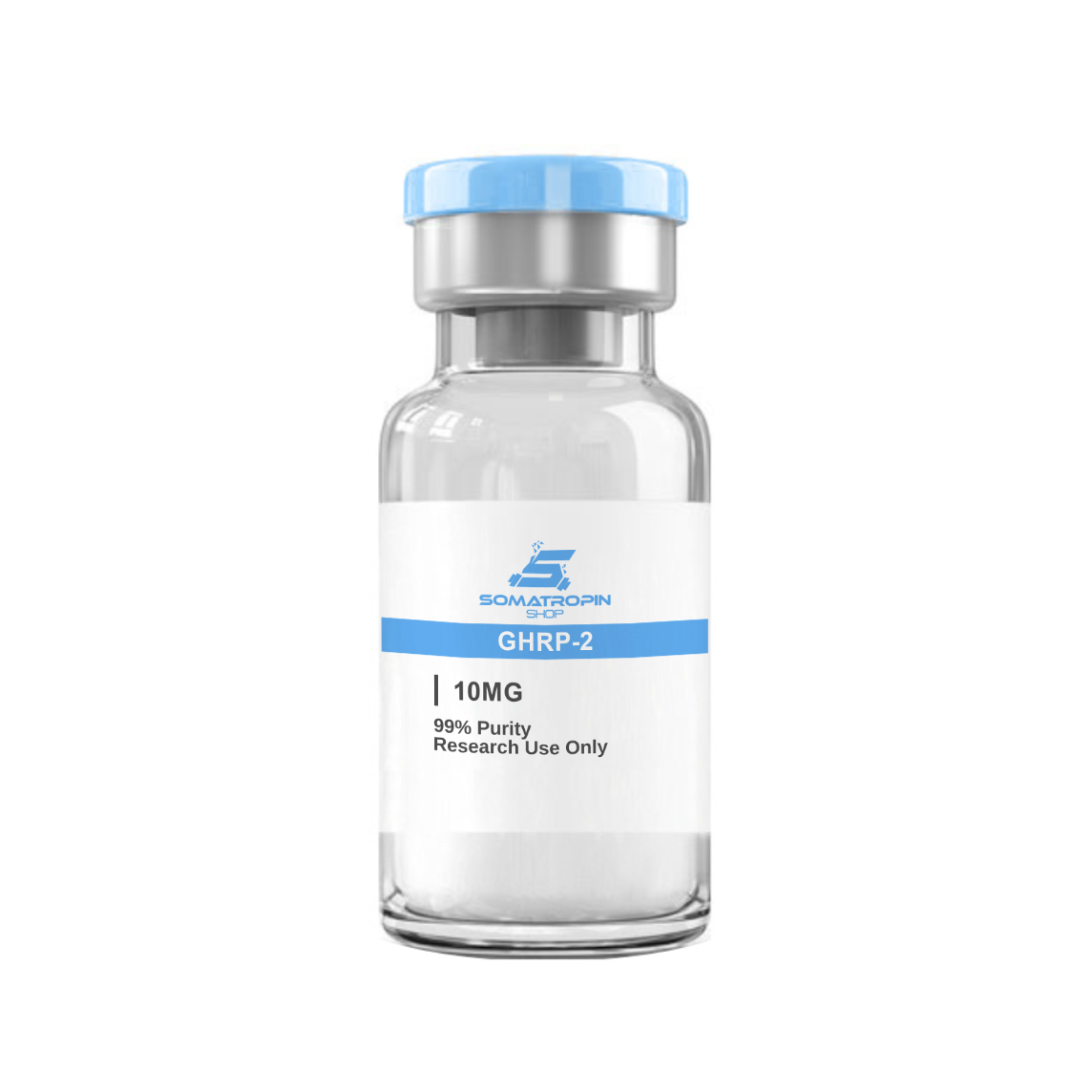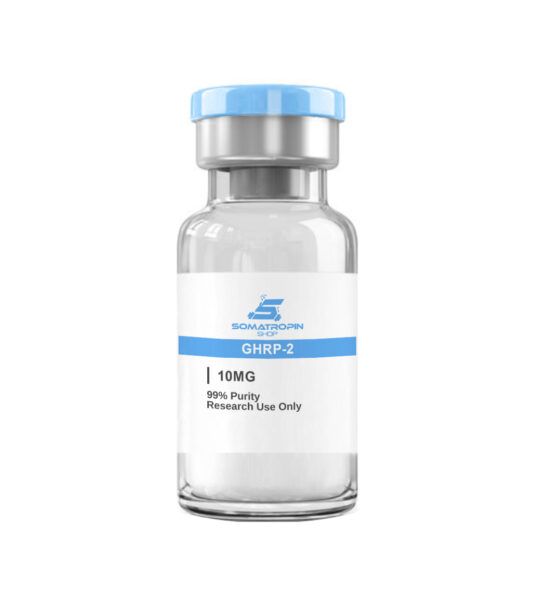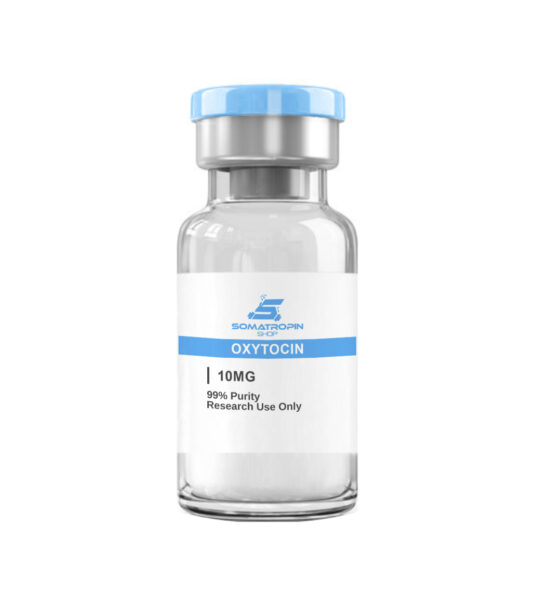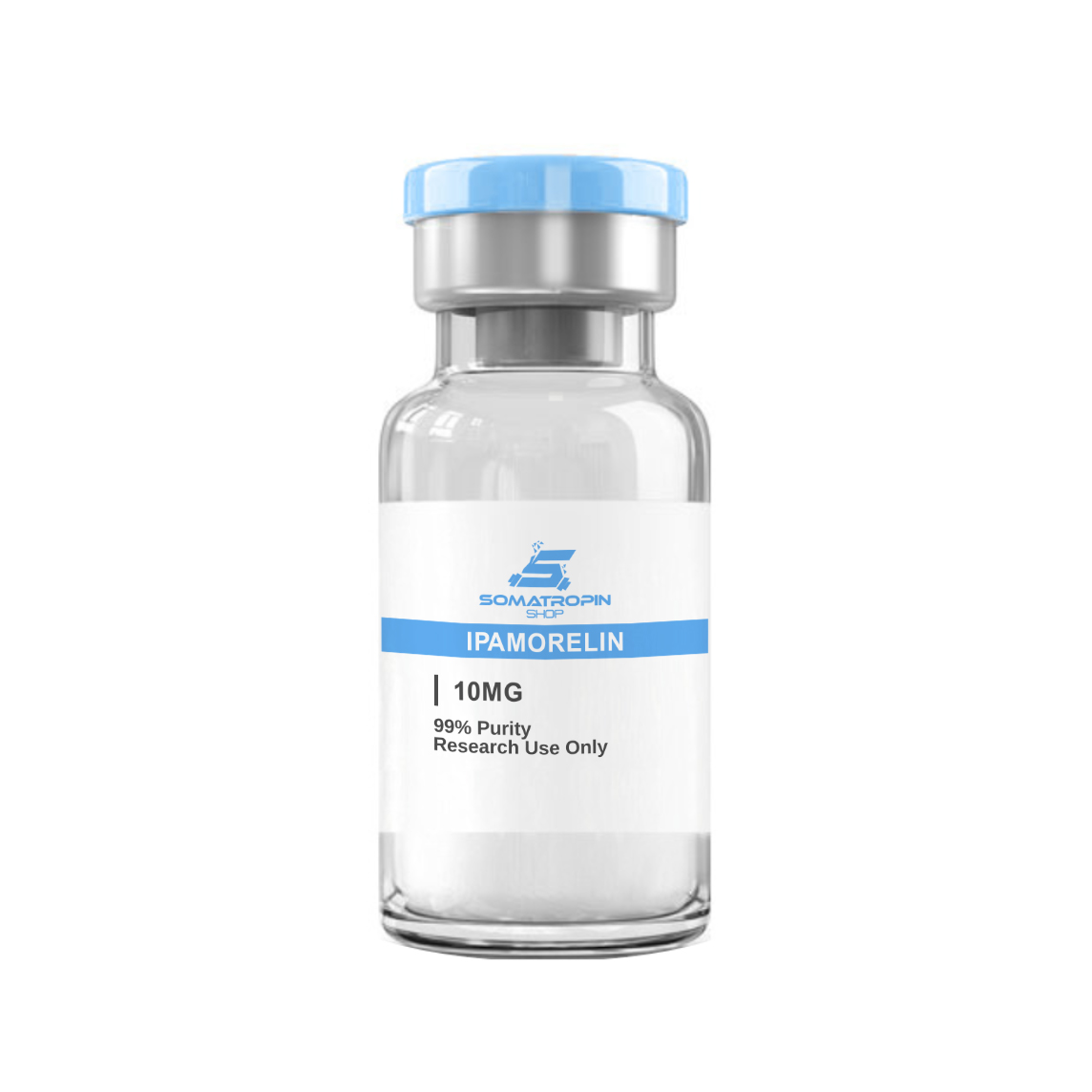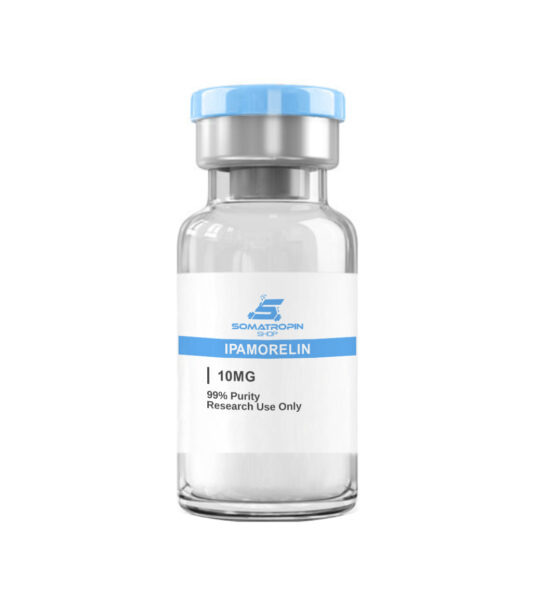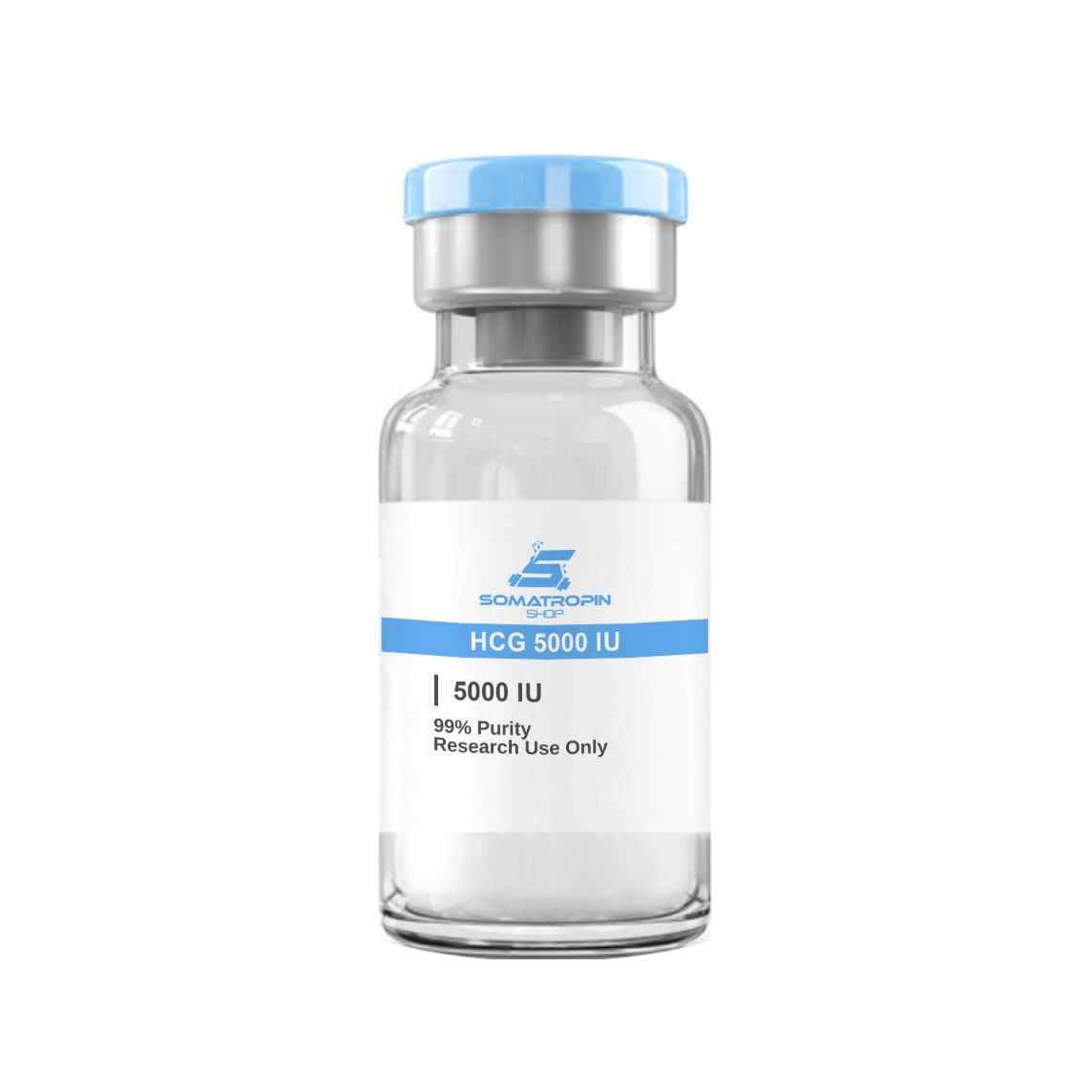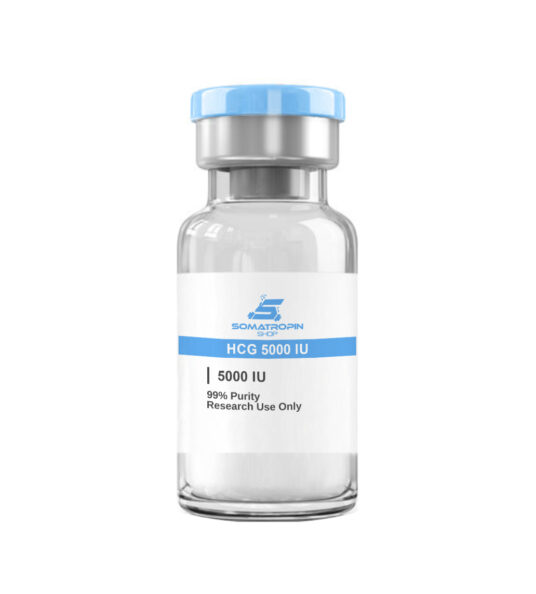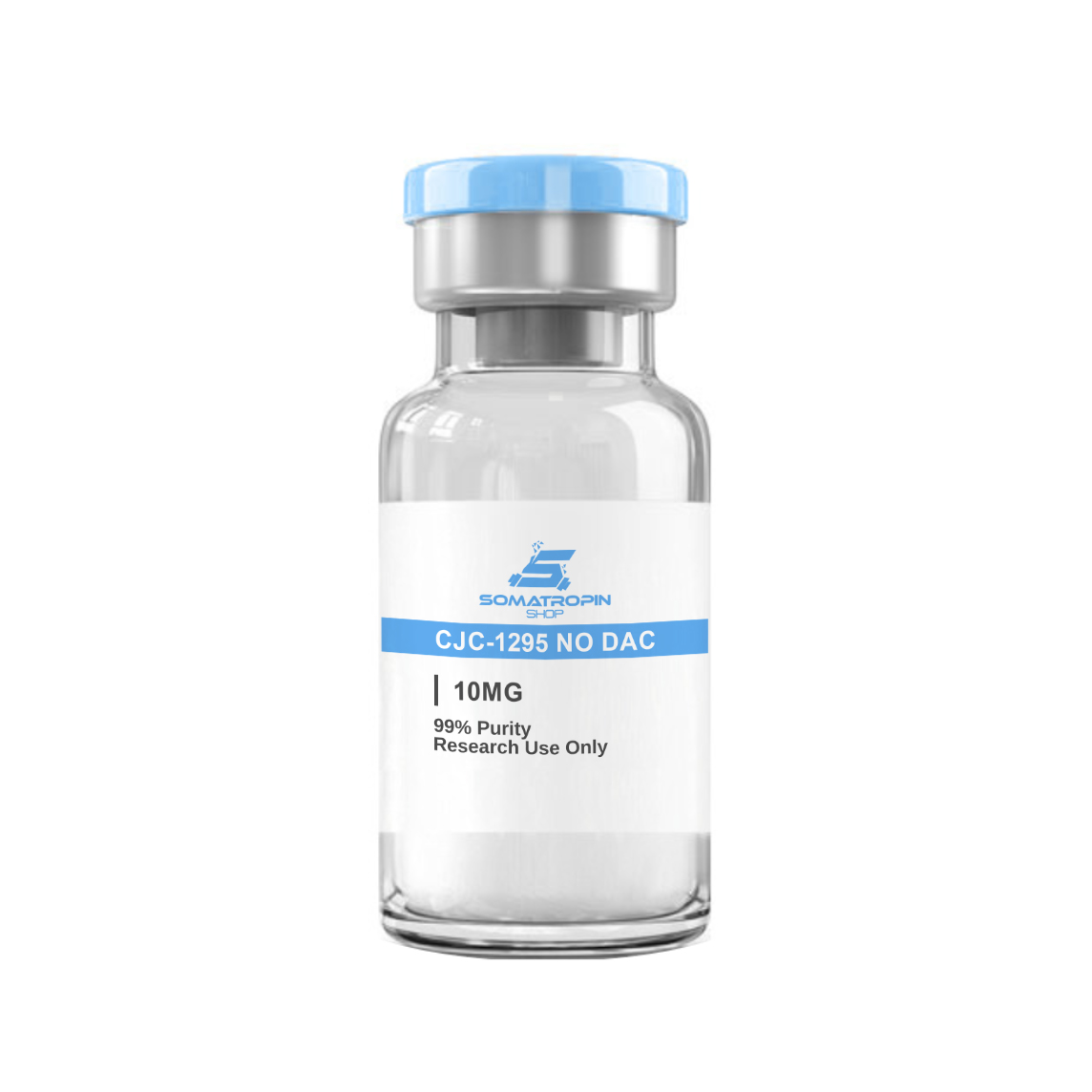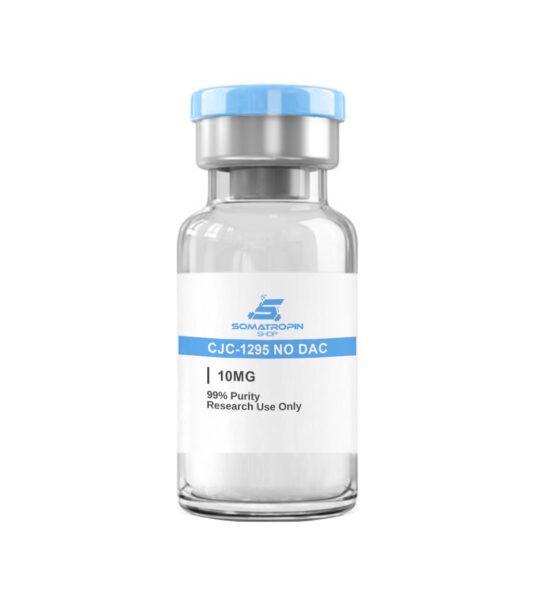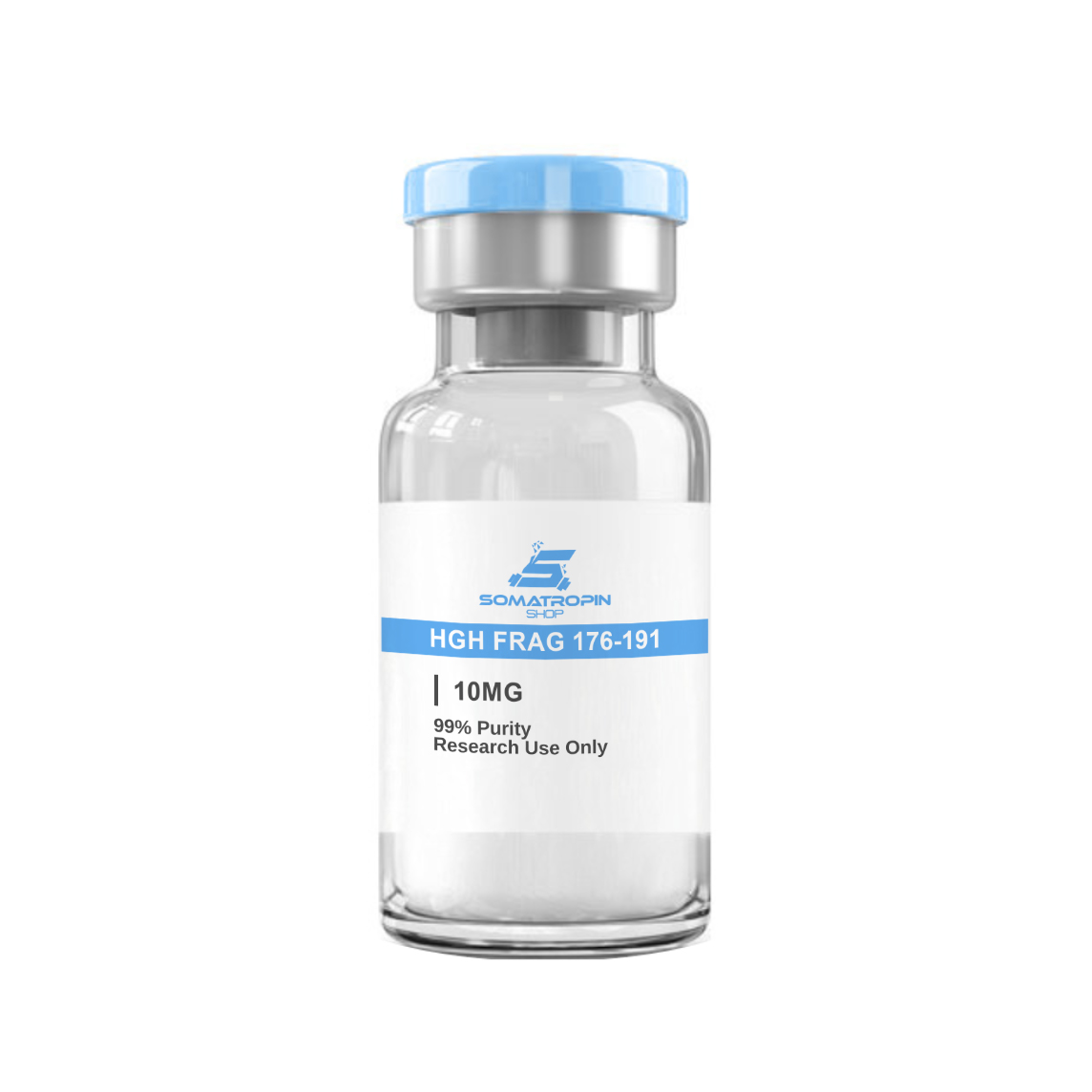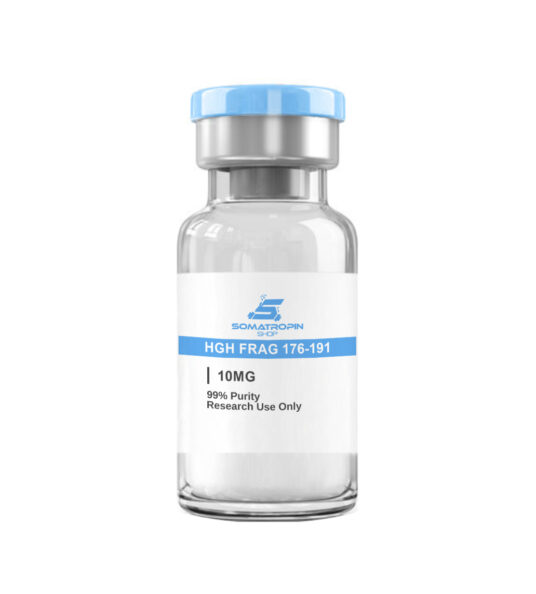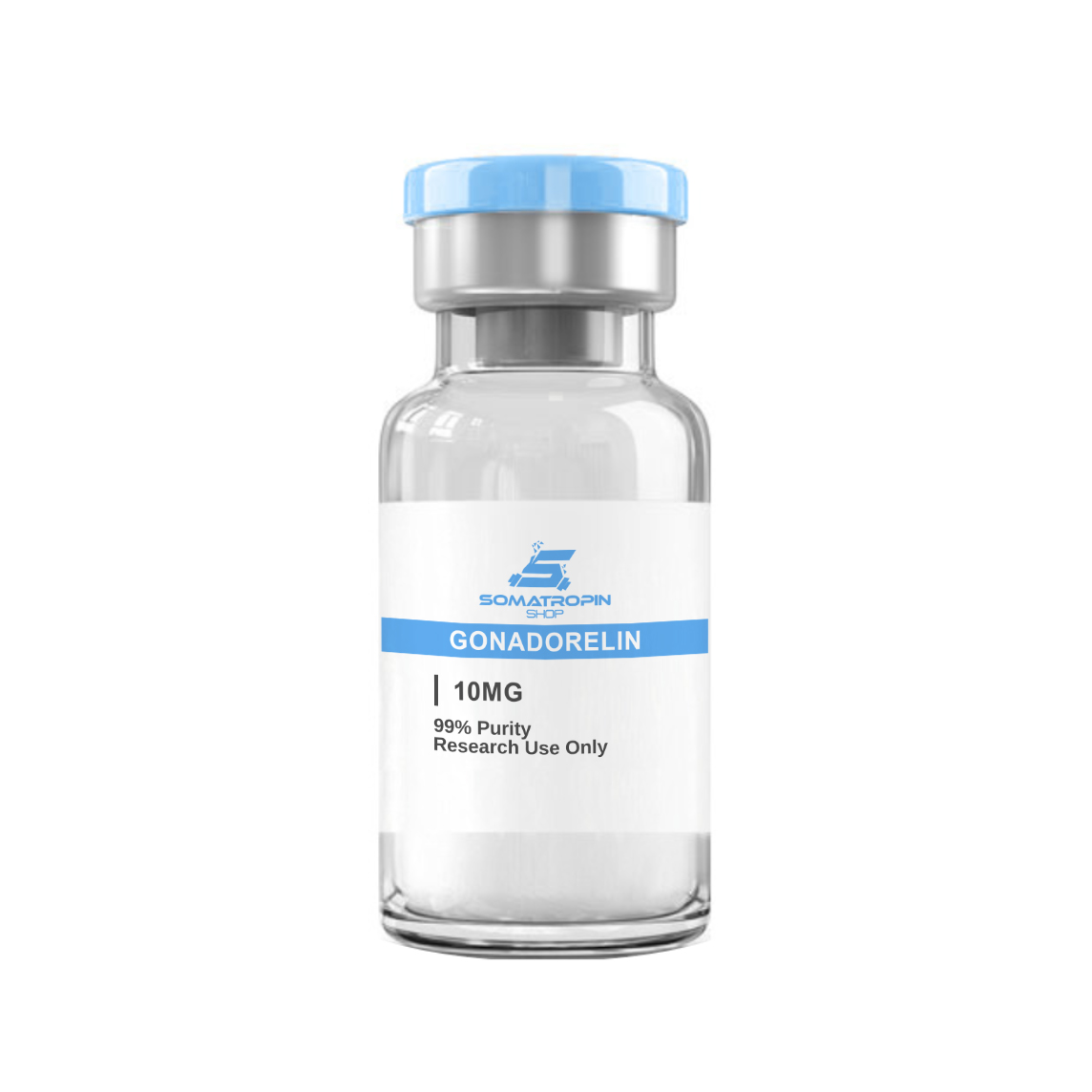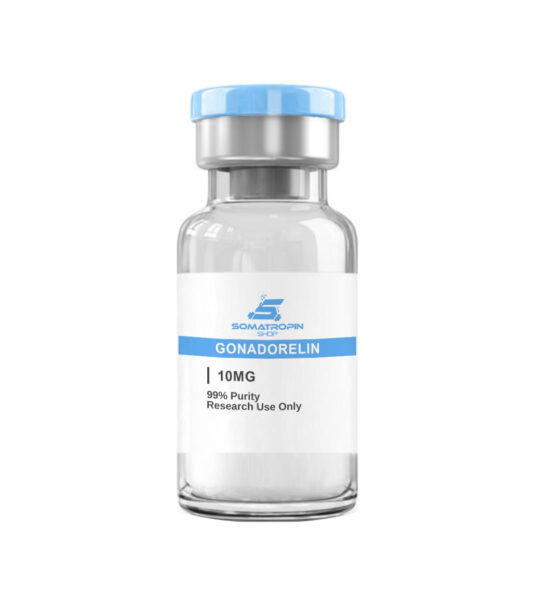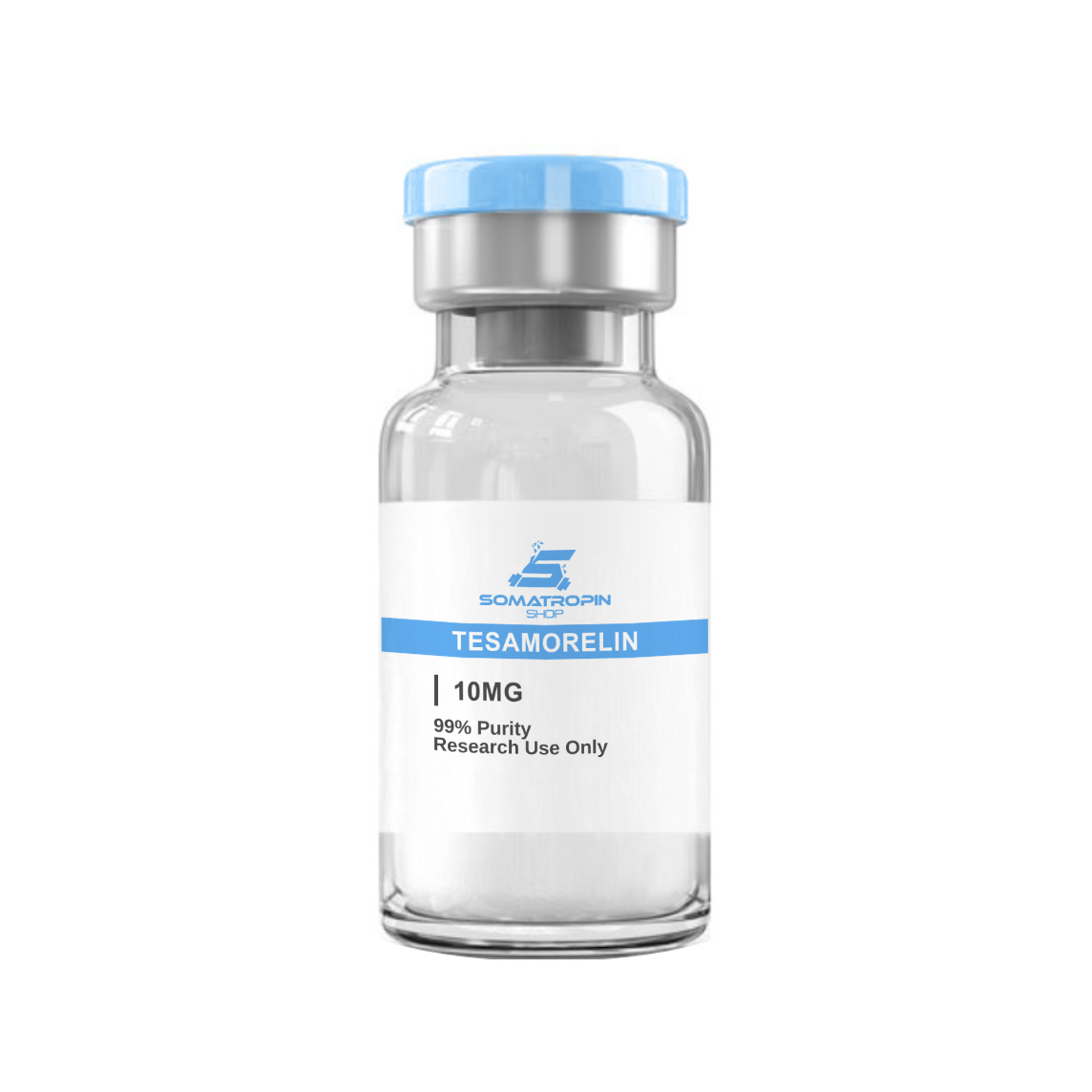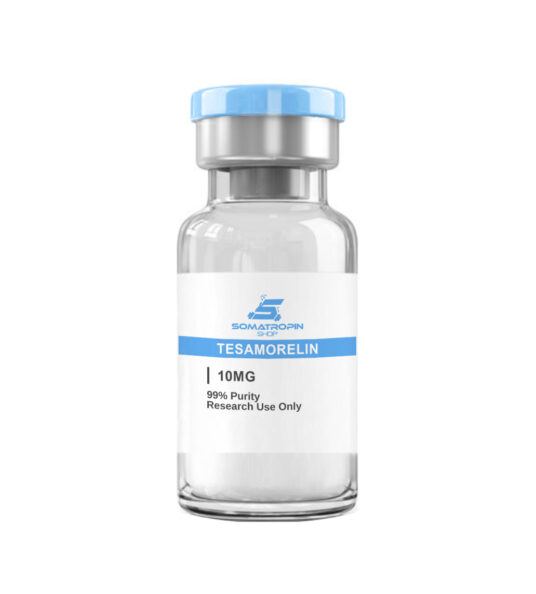Description
Cartalax is a short bioregulatory peptide with widespread systemic impact due to its effects on fibroblasts. It has been shown to benefit skin and other connective tissues as well as the kidneys. Research shows that Cartalax increases cell proliferation rates and beneficially alters the levels of various cytokines and signaling molecules associated with senescence. Overall, it increases cell health and proliferation while decreasing cell death. Cartalax is thought of as an anti-aging peptide, returning older cells to a more youthful state and prolonging overall tissue health.
What is Cartalax?
Cartalax is a short peptide with bioregulatory properties. It primarily affects fibroblasts, which are ubiquitous cells found in everything from cartilage to skin to blood vessels and the kidneys. Research indicates that Cartalax affects cell proliferation and apoptosis through several molecular mechanisms including increasing Ki-67 levels, decreasing p53 signaling, and activating NF-kB signaling. Cartalax is classified as an anti-aging bioregulator because it reduces senescence, restores function to older cells, and appears to slow overall tissue aging.
Structure
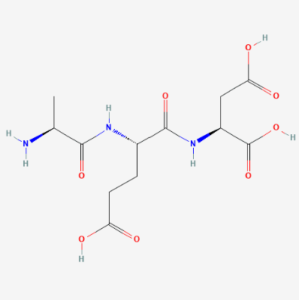
Source: PubChem
Cartalax and Skin
Research in skin shows that Cartalax boosts levels of proliferation, tissue regeneration, and extracellular matrix remodeling, particularly in older animals, while decreasing apoptosis. This effect appears to be mediated through fibroblasts, the cells primarily responsible for extracellular matrix deposition in things like tendon, skin, and cartilage.
It appears that Cartalax and other, similar peptides inhibit MMP-9 synthesis, which is known to increase during aging of skin, while enhancing expression of Ki-67 and CD98hc, which are less intensely expressed during cell aging. Cartalax also suppresses apoptosis through the caspase pathway.
In recent years, Vladimir Khavinson has shown that Cartalax and several other short peptides are polyfunctional. That is to say, these peptides are less tissue-specific than some other bioregulatory peptides by nature of the fact that the processes they affect are ubiquitous throughout an organism. Cartalax, in particularly, has been shown to stimulate skin cell proliferation, slow apoptosis, improve microcirculation, and increase functional activity of skin fibroblasts which leads to improvement in carnosine, collagen, cytokine, and growth factors[2], [3]. Khavinson points out that these various functions make polyfunctional peptides, like Cartalax 20mg, important antioxidants and immunoprotectors.
Cartalax and Cartilage
It is worth noting that fibroblasts are among the most versatile cells in the human body. They are responsible for the production of extracellular matrix components in a number of tissues ranging from skin to bone to cartilage. At lot has been made of the ability of Cartalax to benefit cartilage function and joint health, but is there any research to back that claim up?
The direct answer is no. There is no research specific to cartilage and Cartalax that would have earned the peptide its name. However, there is abundant research on fibroblasts and Cartalax that suggests that the peptide would be of tremendous benefit in cartilage. After all, research shows that fibroblasts are the primary regulators of cartilage homeostasis[4]. Cartalax affects the following components of fibroblasts.
- AP-1
- NF-kB
- c-jun
- CCN1
- TGF-B
- TNF-a
- MMP-1
- MMP-3
- MMP-8
- MMP-9
- Glycation
Now, the best way to think of the role of Cartalax is as a balancing agent. In other words, Cartalax doesn’t affect just one of the components of fibroblasts listed above, but rather helps to normalize and balance the function of fibroblasts such that they work as efficiently as possible. This effect is particularly pronounced in older cells, which experience greater dysregulation than younger cells.
Take for instance MMP-1, which is important in tissue remodeling, embryonic development, and disease processes like arthritis and metastasis. Its primary job is to break down interstitial collagen types I, II, and III. This breakdown is necessary for tissue to change and adapt to new stresses, but can be come pathological if it is excessive or isn’t balanced by collagen deposition. Other MMPs have similar functions, all of which are balanced by Cartalax to promote the balance between breakdown and build-up of tissue.
Given its widespread impact on fibroblast function, it should come as no surprise that Cartalax is being researched in a number of connective tissue conditions including arthritis, osteoporosis, degenerative disc disease, gout, and certain systemic connective tissue diseases like lupus.
Cartalax and Kidney Health
In early research, it was found that polypeptide isolates from calf kidneys could stimulate cell renewal in older rat kidneys. This research revealed that the polypeptide isolates operated by increasing levels of proliferation marker Ki-67 and decreasing levels of the pro-apoptotic peptide p53. Analysis of the isolate revealed that two peptides, Cartalax (AED) and T-35 (EDL) were present in the polypeptide isolate, though they did not constitute all of it. This led scientists to look deeper into the properties and functions of peptides like Cartalax.
Research in renal(kidney) cell cultures shows that Cartalax increases cell proliferation while decreasing markers of aging such as p16, p21, and p53 proteins. Additionally, Cartalax 20mg increases the expression of SIRT-6, levels of which are heavily correlated with senescence. Low SIRT-6 levels are thought to trigger senescence in fact.
Cartalax and Age
The above topics skirt around the obvious fact that Cartalax is a geroprotective bioregulatory peptide. Like so many other short bioregulator, Cartalax appears to have its most profound effects in older cells, resetting them to a more youthful state. Research on Cartalax and a host of other bioregulators shows that they affect the expression of a number of gene products known to play important roles in the aging process. Genes like IGF1, FOXO1, TERT, TNKS2, and NF-kB are all affected in various ways by Cartalax and other bioregulators. Changes in expression levels are dramatic too, ranging from 1.6- to 5.6-fold.
Cartlax Summary
Cartalax is a short bioregulatory peptide with widespread systemic impact due to its effects on fibroblasts. It has been shown to benefit skin and other connective tissues as well as the kidneys. Research shows that Cartalax increases cell proliferation rates and beneficially alters the levels of various cytokines and signaling molecules associated with senescence. Overall, it increases cell health and proliferation while decreasing cell death. Cartalax is thought of as an anti-aging peptide, returning older cells to a more youthful state and prolonging overall tissue health.
